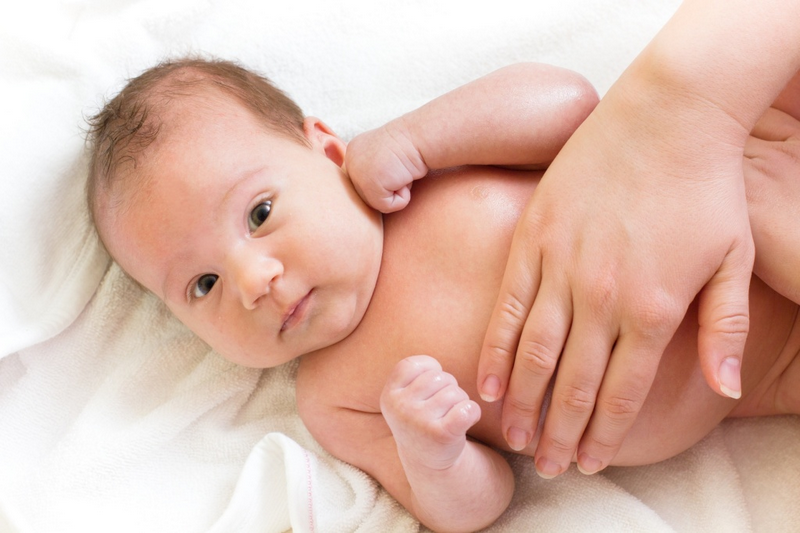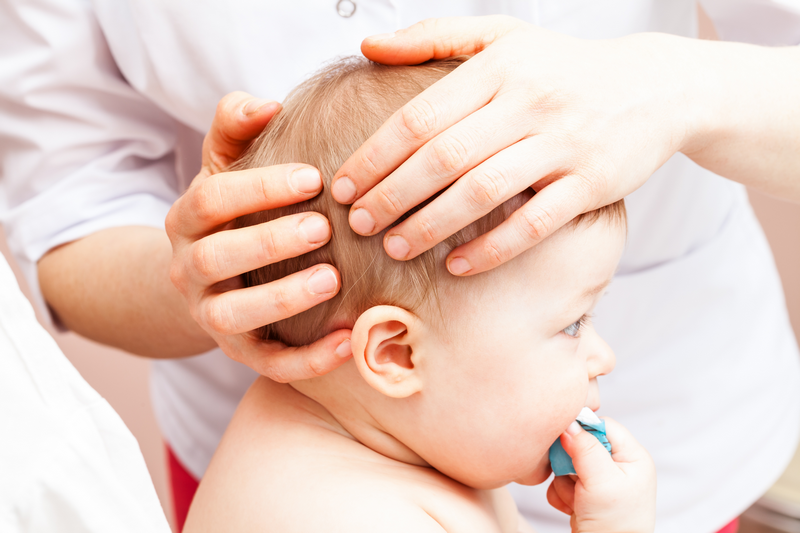
Osteopathy for Babies

Birth is obviously one of the most important events of one’s life and yet for a baby it may be one of the most stressful. During birth, the baby is subject to enormous forces as the uterus pushes to expel the baby against the natural resistance of the birth canal. To help the head pass through the narrow pelvis, the soft bones of the head accommodate the size and shape of the maternal pelvis by sliding and overlapping each other at the level of the sutures (bony joints). This process is referred to as moulding and is why many babies are born with odd shaped heads after birth.
In the first few days after birth suckling, crying and yawning all help to affect the pressure in the skull and naturally restore the cranial shape (unmoulding).
However, in some cases the moulding can be retained, and will need attention. Left untreated, the bony plates may remain overlapped, pulled apart, or under excessive strain. This in turn can cause tension or pinching in the delicate membranes that cover the brain and nervous system. Overstrain of tissues and compression of joints in the head, neck and upper back may also occur as a result. This may affect the nerves, which come from the base of the skull and help in such body functions as feeding, digestion and breathing, and may cause other imbalances in the rest of the body.
Such problems may well be accentuated if there has been a difficult presentation such as a very quick or perhaps a prolonged labour, a breech delivery, caesarean section, or a situation where baby has a relatively large head and mum has a smaller pelvis where the fit between the two has been especially stressful, or, if the delivery has been assisted with forceps or ventouse suction for example.
Osteopathic treatment can help encourage unmoulding and release uncomfortable stresses and distortions in the baby’s body after birth, allowing the baby to relax and become much happier and more settled.
Things to look out for that may indicate a need for an osteopathic review include:
- Irritability & difficulty settling
- Excessive crying
- Disturbed sleep patterns
- Feeding difficulties such as problems with breast latching, tongue tie and sucking,
- Digestive issues – colic, excessive positing, wind or reflux
- Obvious asymmetries in head shape, bruising or swelling over the scalp or face
- Recurrent infections such as sticky eye, ‘snuffly’ nose, coughing, wheezing or and recurrent ear infections
- Foot and lower leg deformities from small intrauterine space (metatarsus adductus, talipes equinovarus)


Osteopathic treatment using the cranial approach is very safe, gentle and effective in the treatment of babies and children. The most effective time for treating babies and infants is when they are asleep or feeding (either from breast or bottle) as active babies tend to wriggle around a lot. The osteopath’s highly trained sense of touch is used to identify and correct mechanical disturbances and limitations both in and around the joints of the skull, the membranes connected to them and throughout the body. They use gentle techniques to release restrictions and to stimulate the babies own inherent healing mechanisms, aiding a return to a more balanced state. By removing these restrictions treatment thus allows baby to grow, develop and function in as unrestricted, balanced and happy manner as is possible allowing their body to function optimally and enjoy better health. Early detection and treatment of restricted mobility can help prevent the development of chronic problems later on in life.

